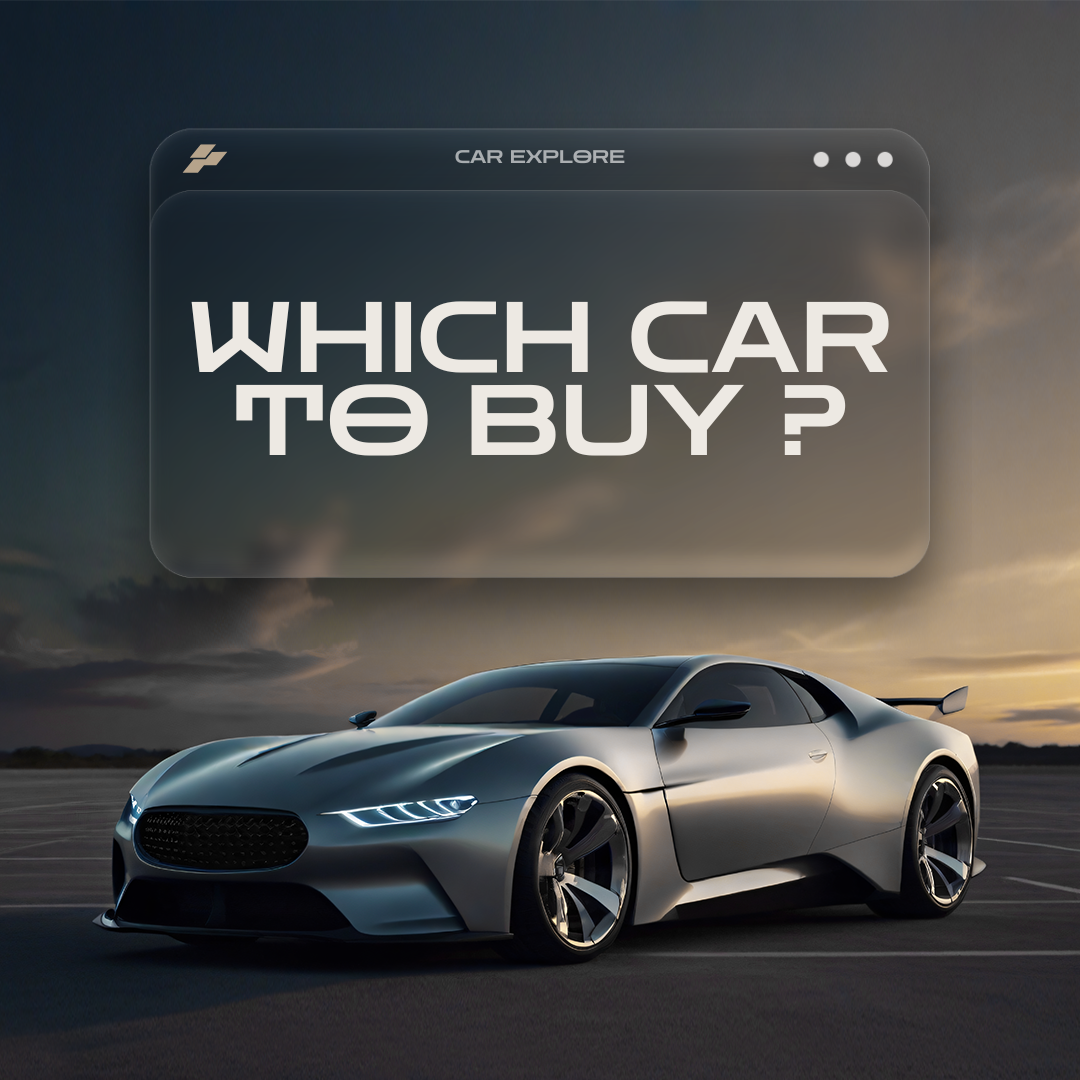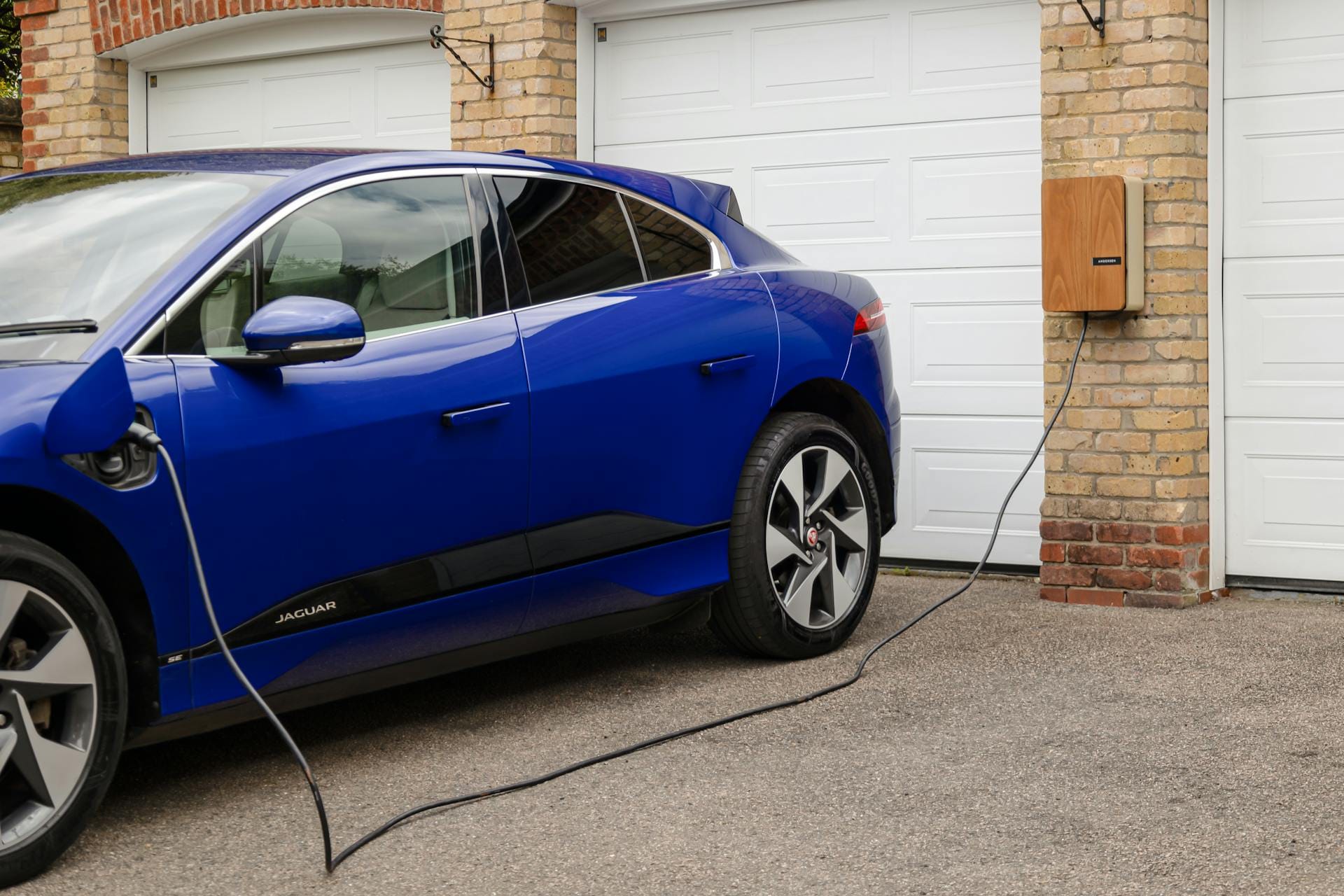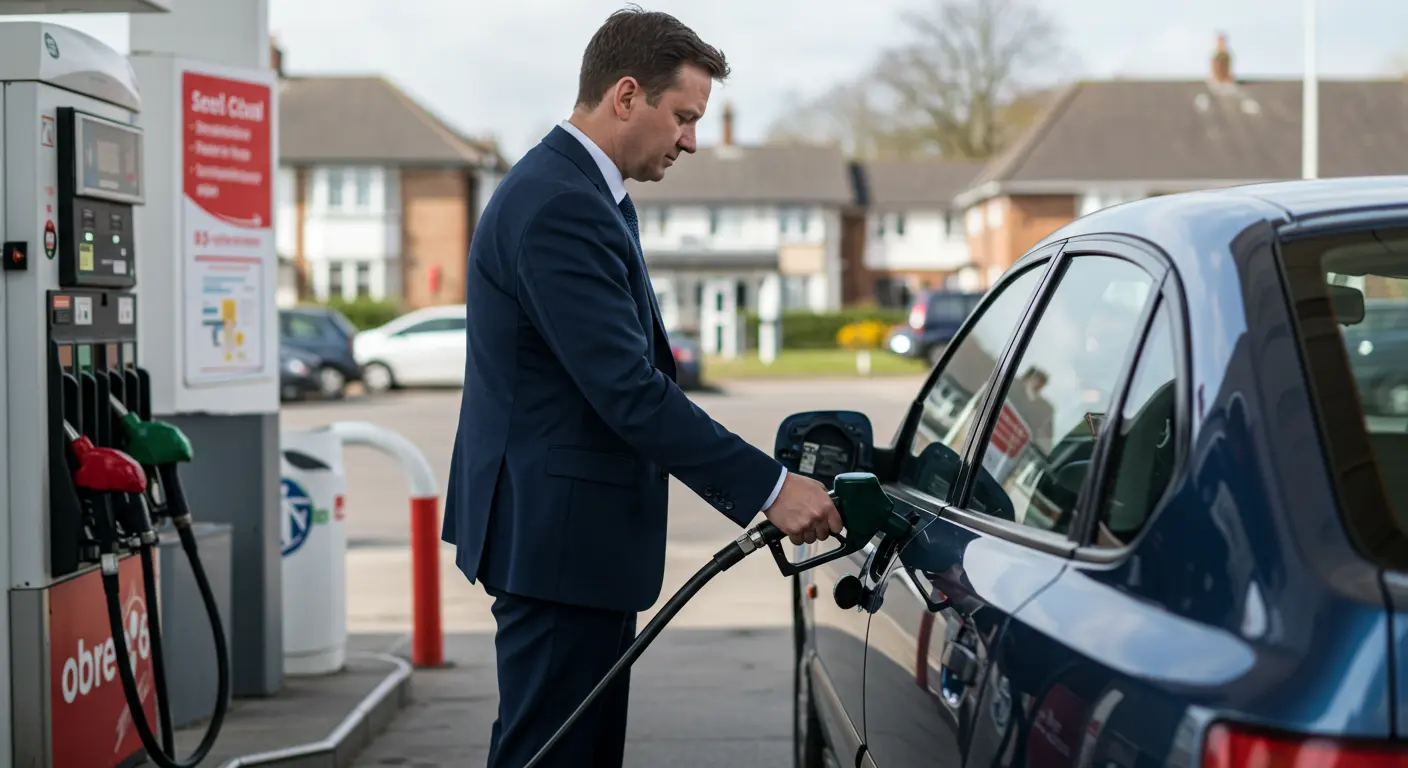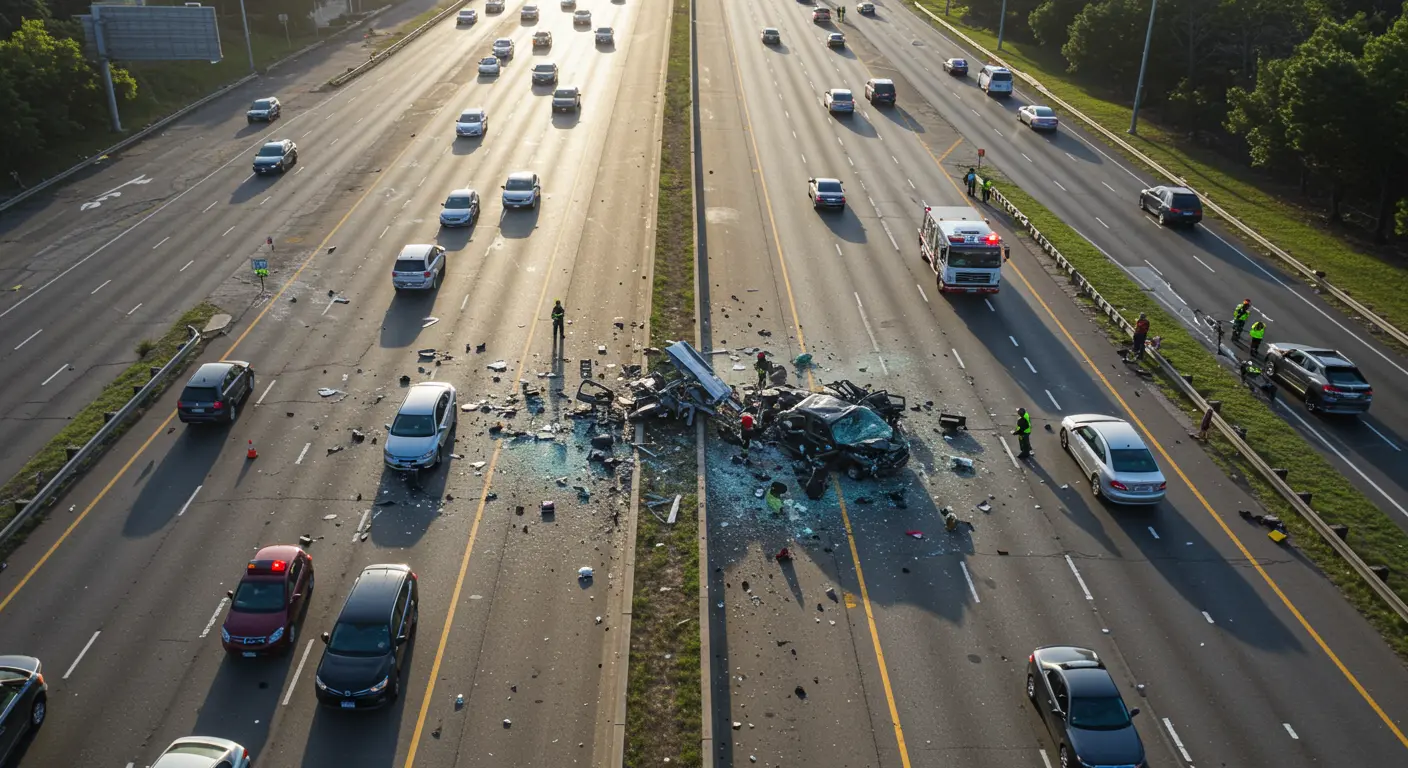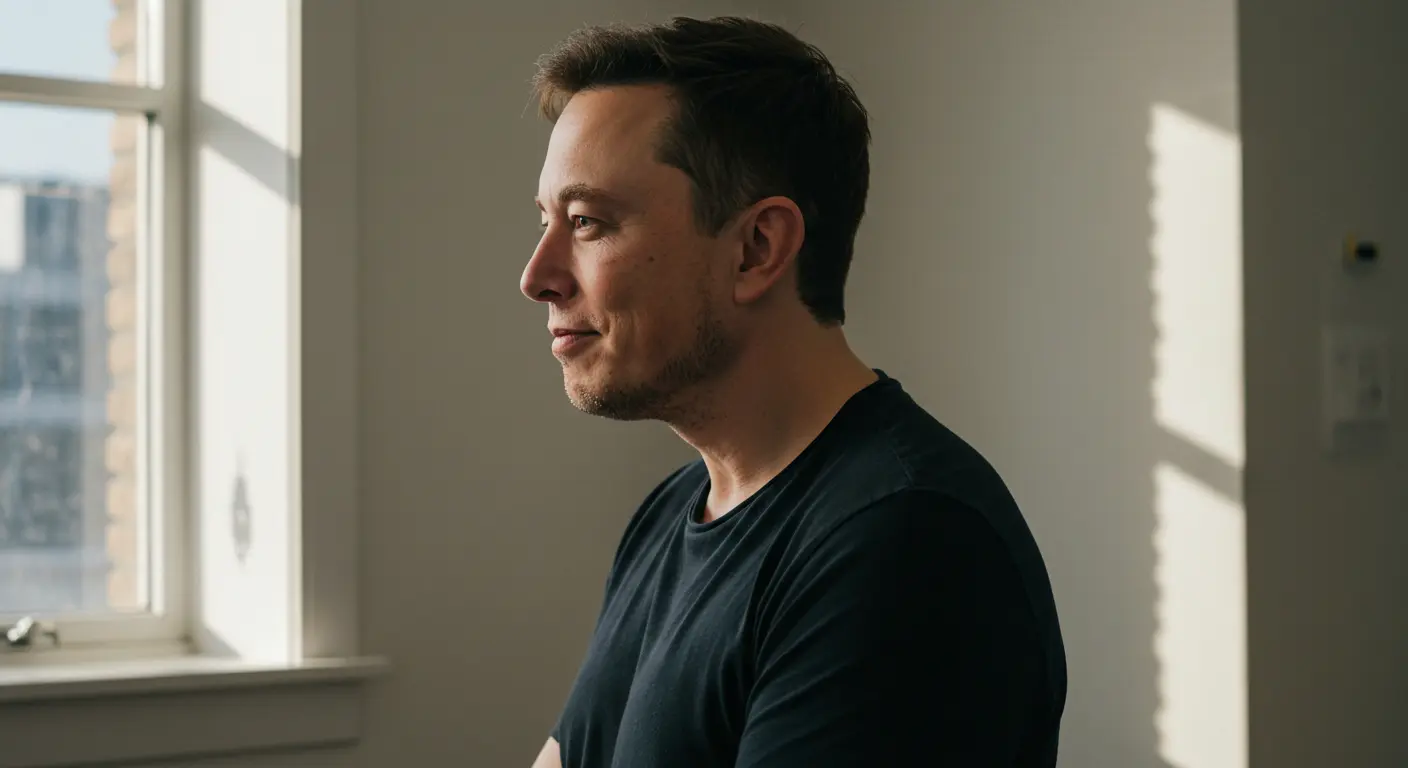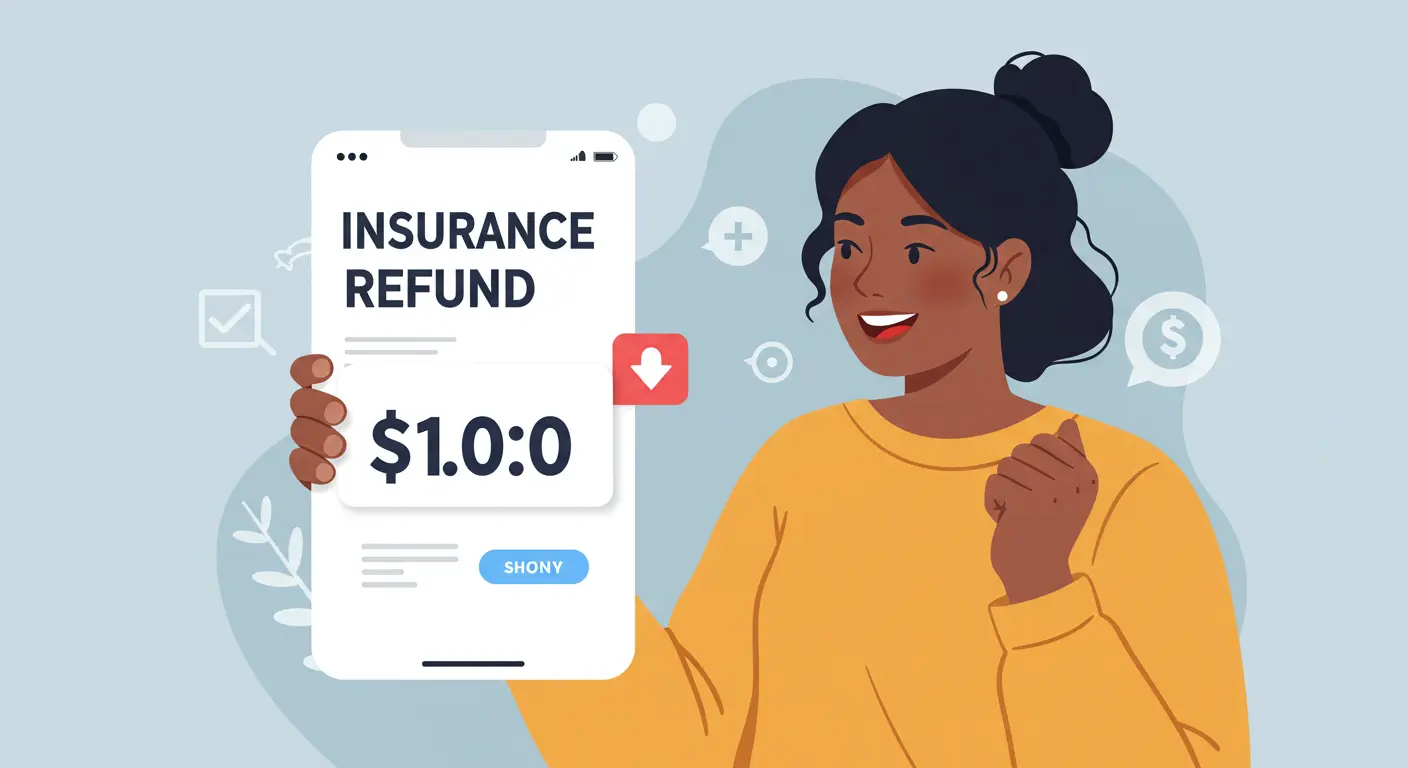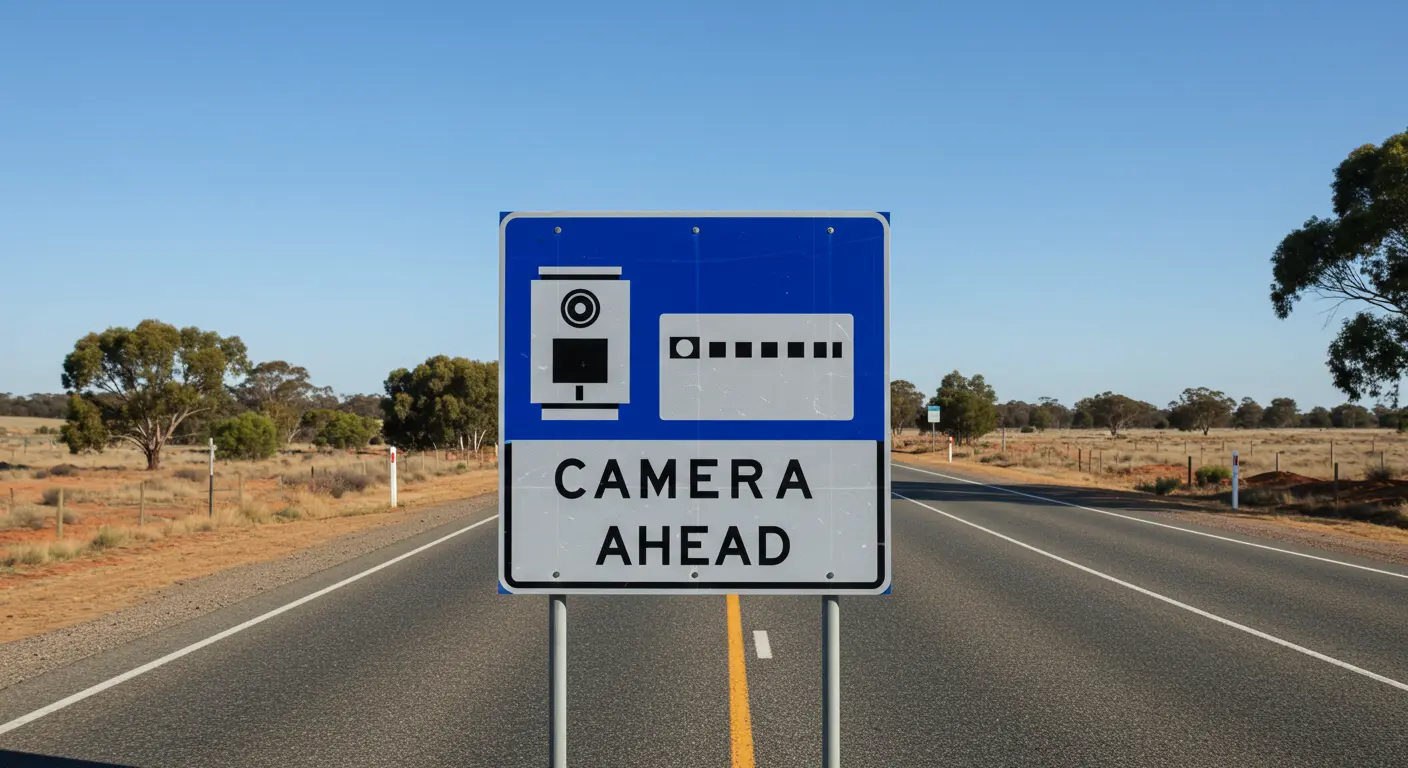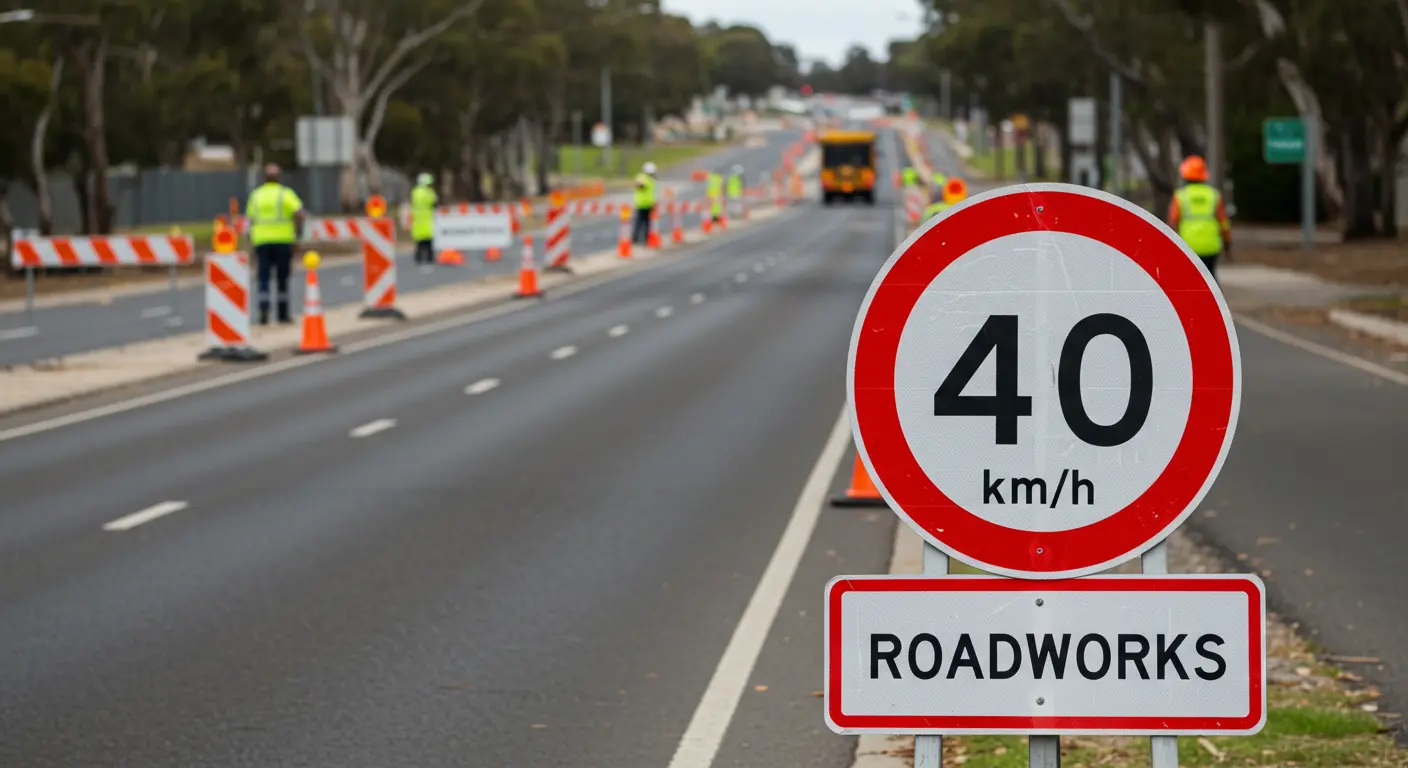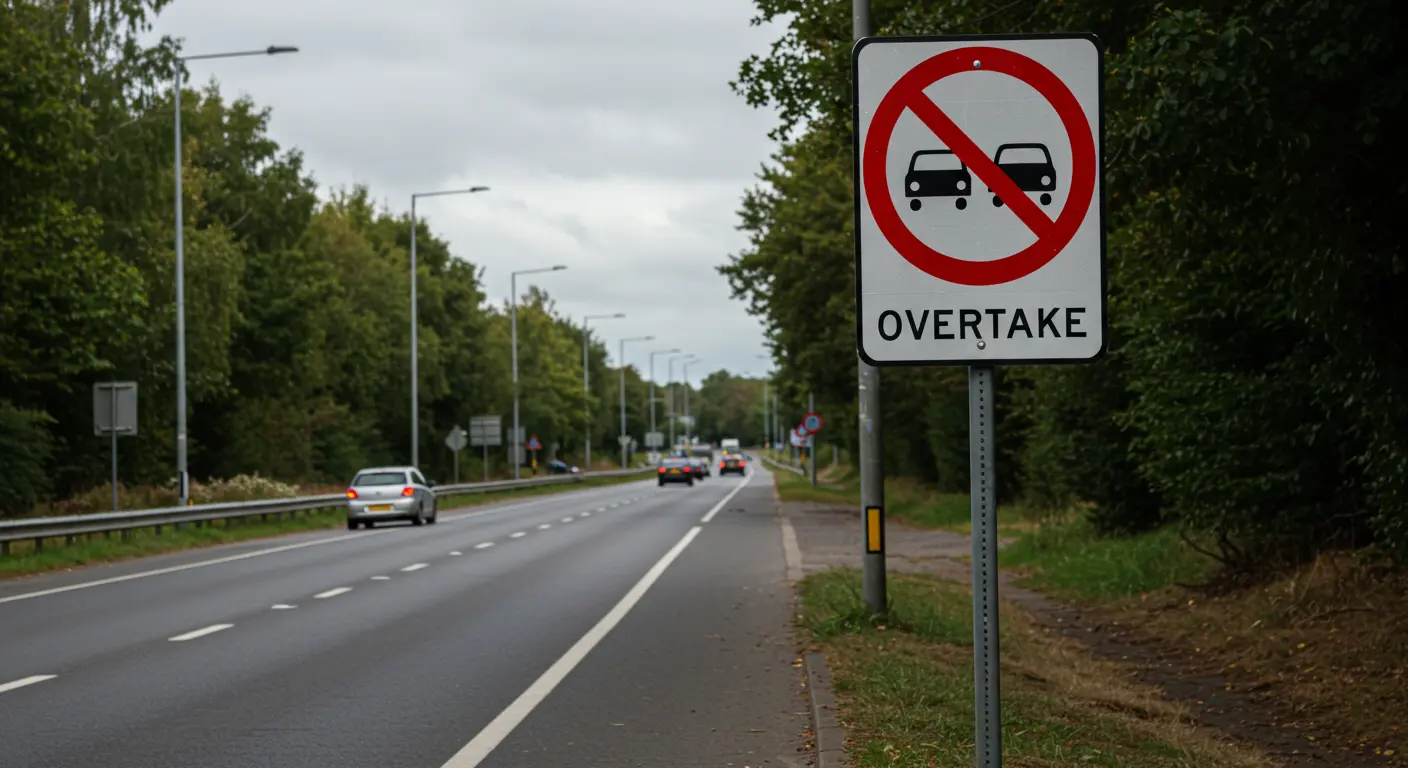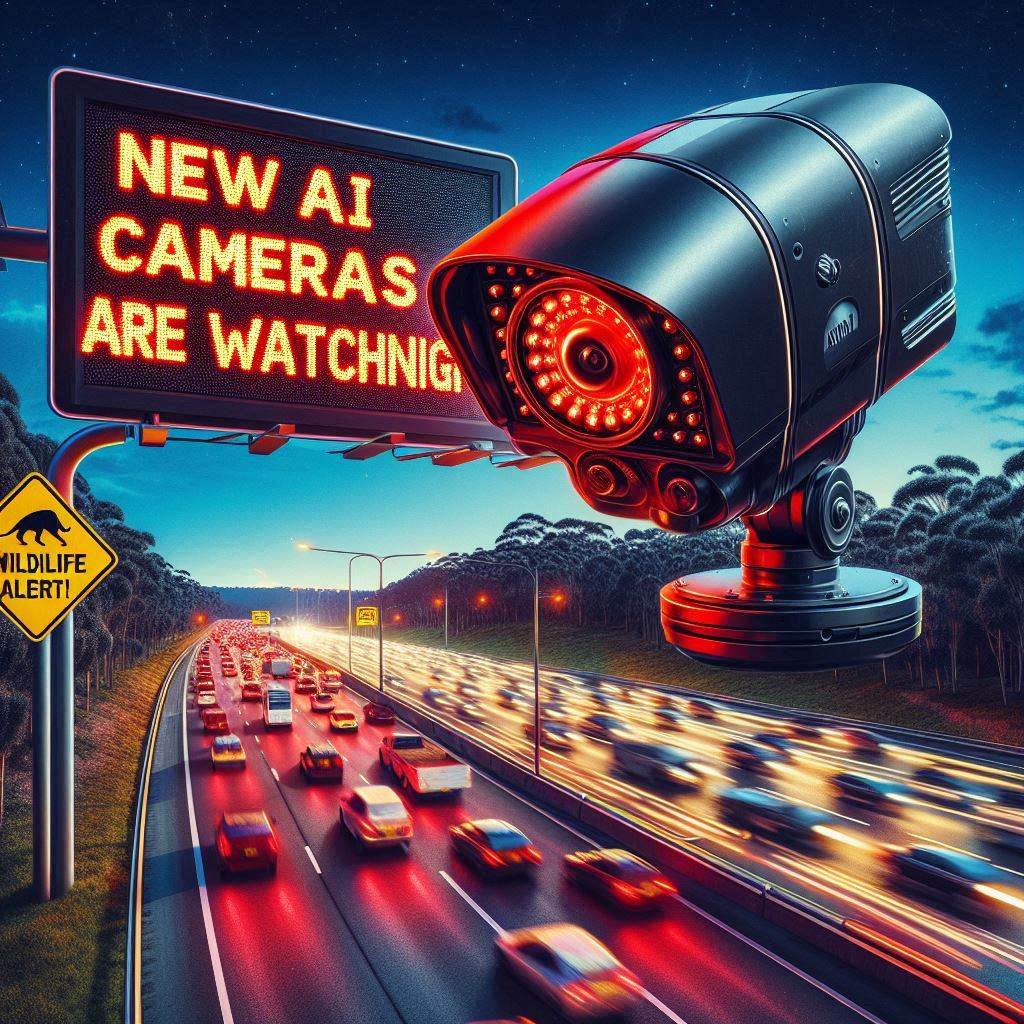As someone who’s watched Australia’s transition to renewable energy with keen interest, I’m thrilled to share some groundbreaking news: the Federal Government is set to announce new standards that could revolutionize how we use electric vehicles (EVs) at home.
This isn’t just about driving emissions down—it’s about giving you more power, quite literally.
What Does This Mean for Aussie Homes?
Imagine your electric vehicle not just as a mode of transport but as a backup generator or even a mini power station.
The new Vehicle-to-Grid (V2G) and Vehicle-to-Home (V2H) standards, set to be unveiled by Climate Change and Energy Minister Chris Bowen at the Sydney International EV AutoShow, will make this a reality.
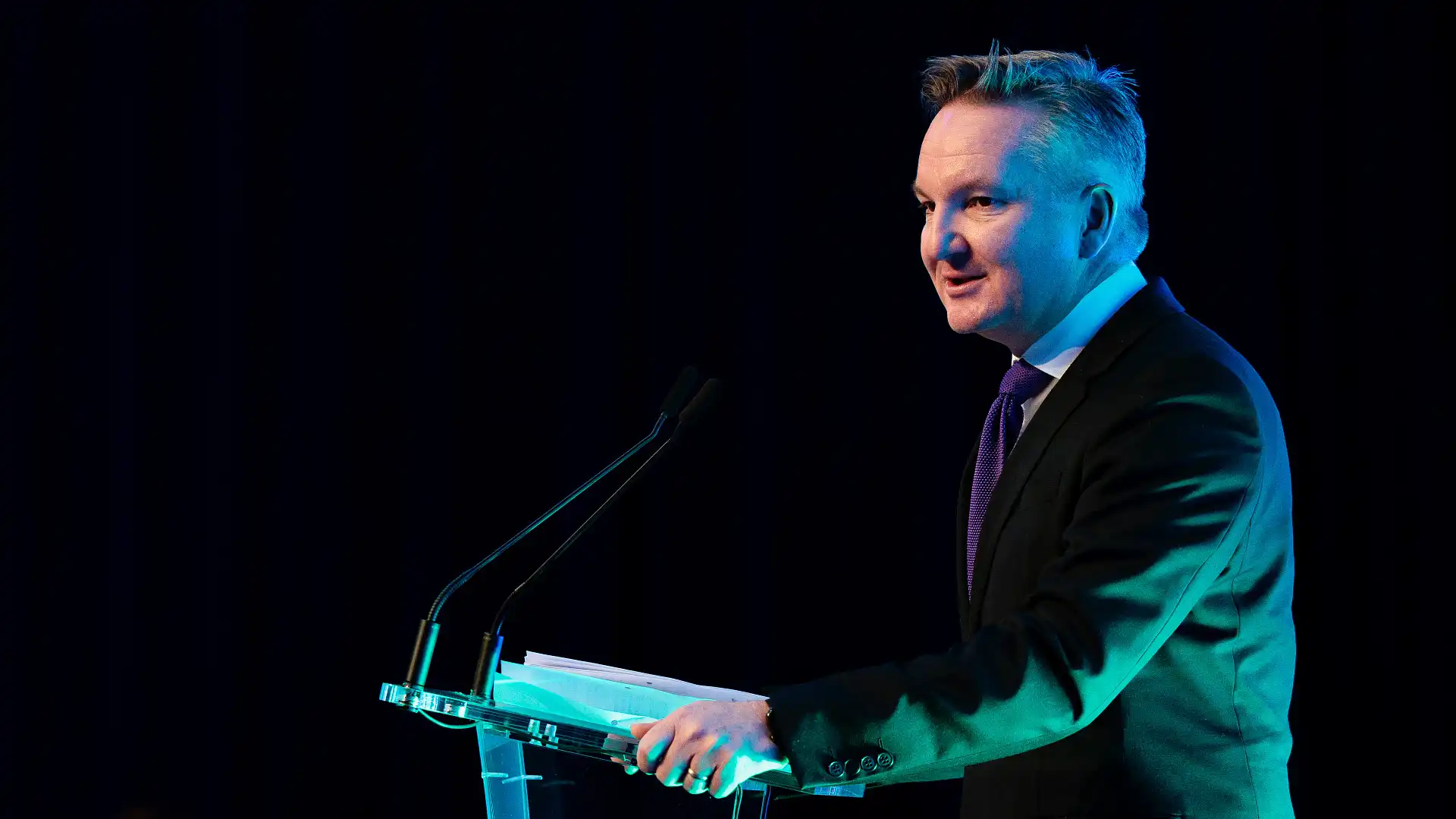
These standards are designed to regulate the hardware—like inverters and bi-directional chargers—needed to connect your home safely to V2G and V2H-capable electric vehicles.
This means:
- Sell Energy Back to the Grid: During peak demand times, like those scorching summer days when the grid is under strain, you can sell surplus electricity stored in your EV back to the grid.
- Power Your Home: If there’s a blackout, your EV’s battery could keep your home running for three to seven days, depending on your usage and the size of the battery.
- Smart Energy Management: Recharge your car using solar panels or during off-peak grid times, ensuring both cost efficiency and sustainability.
Why Is This a Big Deal?
This move could significantly reduce the strain on Australia’s energy grid during high-demand periods, lowering energy prices for everyone.
For EV owners, it’s a step toward turning your car into an asset, not just a cost. And during blackouts, this tech could be a lifesaver, keeping your essential devices and appliances running.
When Will This Be Available?
According to the Federal Government, these standards will be in place by the end of the year.
With the backing of the Clean Energy Council and major electricity providers, this initiative is set to roll out swiftly, allowing households across Australia to tap into the benefits sooner rather than later.
How Does It Work?
The system will rely on cutting-edge bi-directional chargers and compatible EVs.
Not all electric cars currently on the market are equipped for V2G or V2H capabilities, so it’s worth checking with your manufacturer if your vehicle supports this feature.
Hardware like inverters will also need to comply with the new standards to ensure safety and efficiency.
What’s Next for EV Owners?
If you already own a V2G-capable EV, this could be a game-changer for your household energy management.
And if you’re considering purchasing an electric car, this announcement adds even more value to making the switch.
With the ability to save money on energy costs or even earn extra income by selling energy back to the grid, owning an EV is becoming more appealing than ever.
Now What?
Australia’s EV future just became a lot more exciting.
As we continue to adopt cleaner and smarter energy solutions, this initiative marks a pivotal moment in our journey toward sustainability.
Whether you’re an EV owner or someone considering joining the electric revolution, the Federal Government’s announcement opens a world of possibilities for energy independence and environmental responsibility.
FAQ: Everything You Need to Know About the New V2G Standards
What are V2G and V2H?
• V2G (Vehicle-to-Grid) allows you to send electricity from your EV to the grid during peak demand.
• V2H (Vehicle-to-Home) enables your EV to power your home directly.
When will the new standards take effect?
The government aims to have the standards in place by the end of the year.
Can all EVs support V2G and V2H?
Not all EVs are equipped for these capabilities. Check with your car manufacturer for compatibility.
How long can an EV power a home during a blackout?
Depending on battery size and usage, an EV can power a home for three to seven days.
Is this initiative supported by energy providers?
Yes, the Clean Energy Council and major electricity companies have backed the standards.
Which car should you buy?
